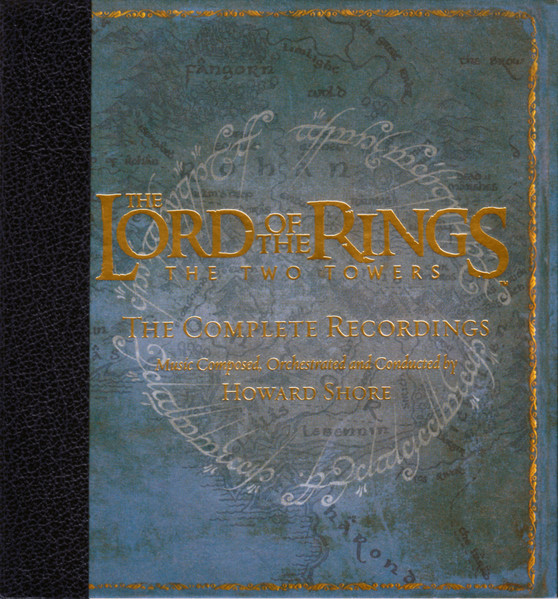I know that this thread is talking about different resolutions, in Khz, and I assume 24bit. As it ultimately is about hearing I stumbled onto a feature that can be done with the listening software/player called JRiver, which I have used since 2014 exclusively.
Here is a tip:
You don't want to try and compensate fully for the loss as that won't sound good (a little EQ can go a long way), and you definitely don't want to add net gain. Your ears are a little different from each other, but have a lot in common too. So I think the most sensible place to start is with a shelf filter as your audiogram isn't particularly "bumpy": both ears mostly fall off sharply above 3k or so.
Just as a simple starting test, I'd be tempted to start by opening parametric EQ, reducing the overall volume by about 10db (to get some head room) and then dial in a high shelf filter. The filters you should add in parametric EQ are an "Adjust the Volume" with a -10dB gain, then an "Adjust the high frequencies (High Shelf)" filter with a Bandwidth(Q) of 1, a frequency of of 3500, and a gain of 5dB. Try that out listening for a little while. If it doesn't sound any different, try stepping up the shelf filter's Gain 1dB at a time until you definitely hear a difference and see what you think. Once you've got a difference you can hear, you can try raising or lowering the frequency a little (you might want to try it at 3000 or 4000 to see if that "fits" better). I would resist fiddling with the Q very much though. One important thing to know is that if you wind up adding more than 10dB of gain to the shelf, you need to change the adjust the volume filter to reduce the overall volume more to compensate (you never want to add more gain than you're subtracting as you can push the audio into clipping/clip protection). My guess is that you'll hear a difference right away with 5dB, but everyone is different.
It would probably be worth trying to compensate for that 1KHz dip on your left ear, especially on headphones (it might be a little weird to try to fix that on speakers out in a room). But if you want to take a try, a good place to start might be an "adjust a frequency (equalizer filter)" with the frequency set to 1000, the bandwidth(Q) set to 1.5 and the gain set to 2 or 3dB. Make sure that it's only set on the Left channel, your right ear looks just fine in that band. If you have headphones on, you could try increasing or reducing the gain to try and "match" what your ears hear. I think the shelf I mention above will make a bigger difference by far, but 1KHz is an important frequency range for human voices so it might be worth trying to fix it.
Paddle around and see what you think, and report back what you hear!




